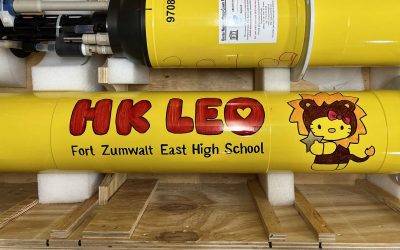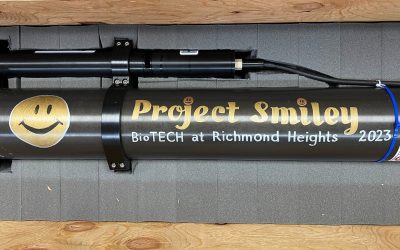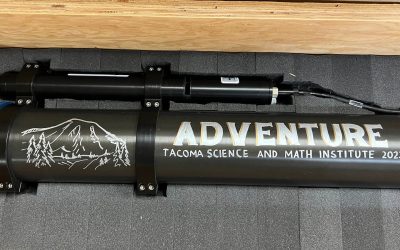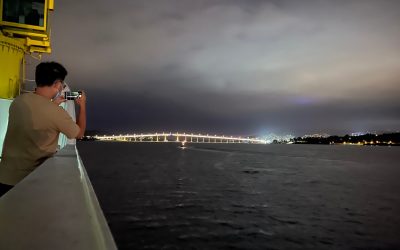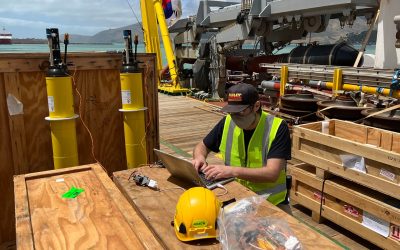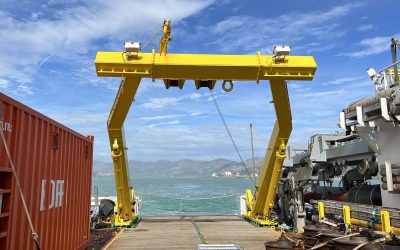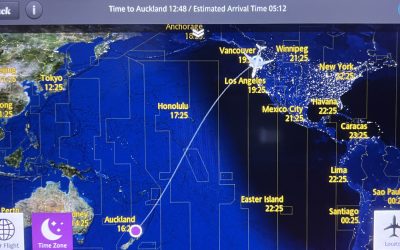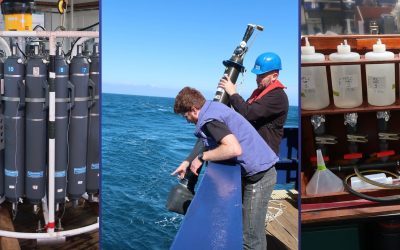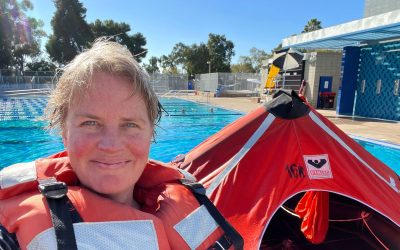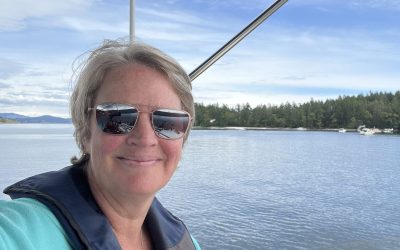SOLOMON: Southern Ocean Long-term Observation and MONitoring
SOCCOM & GO-BGC Deployment in the Southern Ocean
SOLOMON: Southern Ocean Long-term Observation and MONitoring
SOCCOM & GO-BGC Deployment in the Southern Ocean
January 06 – February 18, 2023
GO-BGC
The Global Ocean Biogeochemistry Array (GO-BGC) is a project funded by the US National Science Foundation to build and deploy a global network of chemical and biological sensors that will monitor ocean health. This new network of floats will collect data on the chemistry and the biology of the ocean from the surface to a depth of 2,000 meters, and will allow scientists to pursue fundamental questions concerning ocean ecosystems, observe ocean health and productivity, and monitor the elemental cycles of carbon, oxygen, and nitrogen in the ocean through all seasons of the year.
SOCCOM
The Southern Ocean Carbon and Climate Observations and Modeling project (SOCCOM) is an NSF-sponsored program focused on understanding the influence of the Southern Ocean on climate, including a major program to observe carbon processes in the Southern Ocean. Over the last 9 years SOCCOM has built an observing system for carbon, nutrients, and oxygen throughout the Southern Ocean, using profiling floats with biogeochemical sensors. This robotic float observing system is complemented by shipboard measurements during float deployments to the extent possible.
Biogeochemical Floats
These floats spend their lives drifting through the ocean, changing depth and collecting data at programmed intervals. The floats are battery-powered and host a suite of chemical and optical sensors. Every 10 days, they automatically ascend to the sea surface, taking a variety of measurements through the water column. Data are reported via satellite every time the float reaches the surface. They have enough batteries to last for about 200 to 300 profiles, so they will be able to collect data for approximately 3-4 years if all goes well.
ARAON – Korean Research Icebreaker
This expedition will be hosted by the IBRV Araon—Korea’s first icebreaking research vessel. Built in 2009 and operated by the Korea Polar Research Institute (KOPRI), IBRV Araon was designed to conduct independent polar research in the frozen waters of the Arctic and Antarctic, as well as supply and personnel transportation to Southern Ocean and Arctic bases. Since 2021, KOPRI has been implementing a polar infrastructure joint utilization system to expand the base of polar research. Through this initiative, the float programs were able to secure enough shiptime to deploy 10 floats and take measurements that support the floats just before they are deployed. Our current plan is to deploy five floats in the open ocean along the transit and five in the shallower shelf waters of the Ross Sea.

Korean Icebreaking Vessel Araon. Image credit: KOPRI
SOLOMON: Southern Ocean Long-term Observation and MONitoring
Because the SOCCOM & GO-BGC programs have little shiptime of their own, floats are deployed from ships of opportunity from many different countries. As a result, every cruise has had a different purpose. The goal of the SOLOMON expedition is to understand the current status of heat and carbon uptake capacity in the West Antarctic region and investigate the variability of material cycles and marine ecosystem response. The science team will be collecting samples and making observations such as:
- Assessment of heat transport chance and carbon uptake evolution in the Southern Ocean
- Variability of biogeochemical cycles in the Southern Ocean coastal region under shrinking cryosphere (global warming)
- Detect biological production change and tracing marine ecosystem response
Station Plan
The sampling plan for the SOLOMON 2023 expedition includes measurements of temperature, salinity, pCO2, and some other biological and chemical components during the transit from Christchurch to the Ross Sea, and biological and chemical water sampling in the polynyas and continental shelf waters of the Ross Sea.
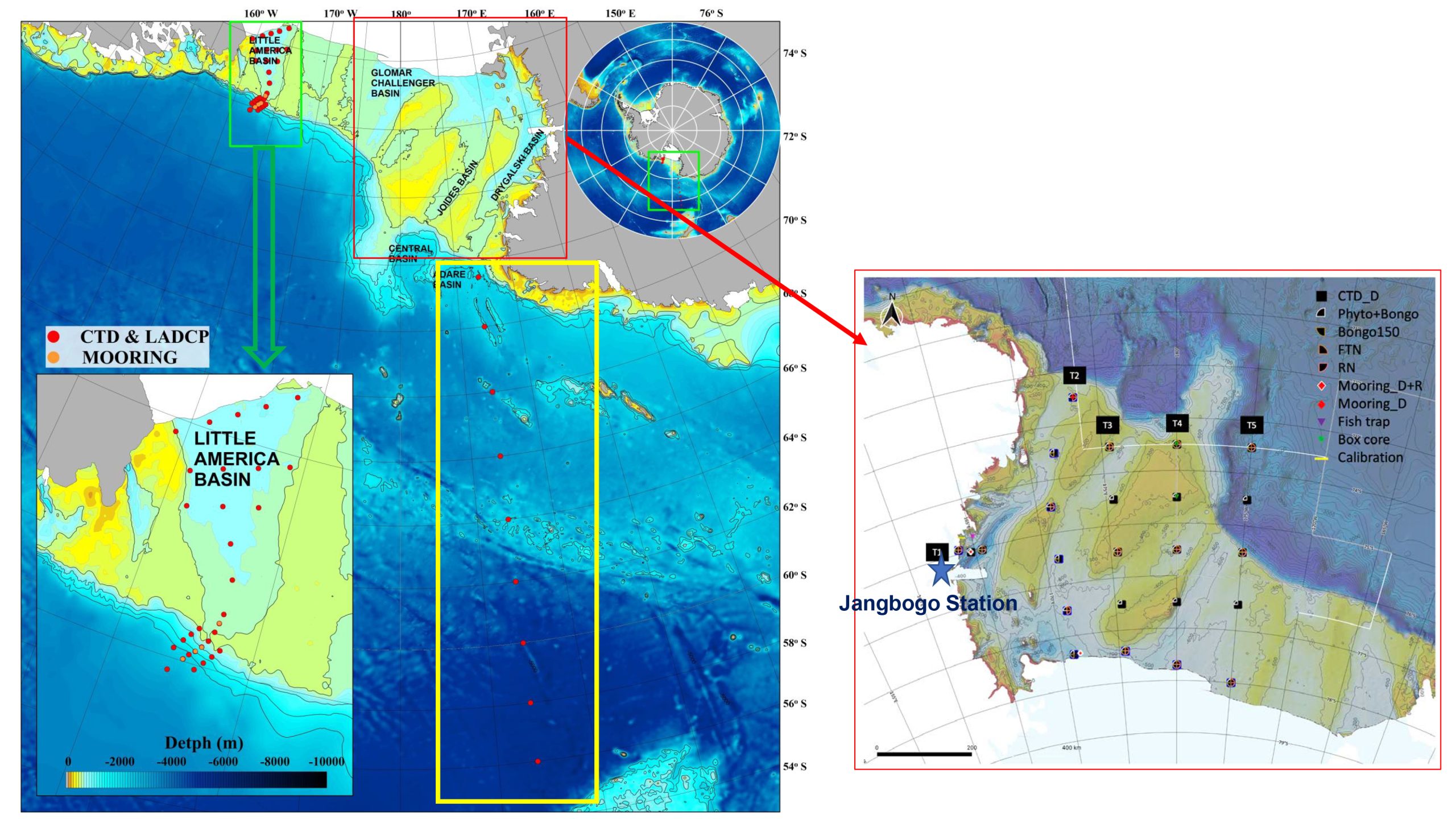
IBRV Araon SOCCOM & GO-BGC Southern Ocean Expedition Log
HK Leo
Our third float, HK Leo, has been deployed. HK Leo—Fort Zumwalt East High School in Saint Peters, MO Location: 160° 59.2689’ E; 59° 59.9864’ S Time: Sat 14 JAN 2023. 04:04 UTC Float Number: 21951 Float Type: Apex Float Program: GO-BGC This float was adopted by...
Project Smiley
Our second float, Project Smiley, has been deployed. Project Smiley—BioTECH at Richmond Heights in Miami, FL Location: 160° 58.55.94’E; 58° 19.6401’ S Time: Fri 13 JAN 2023. 20:49 UTC Float Number: 1119 Float Type: Navis Float Program: SOCCOM This float was...
Adventure
Our first float, Adventure, has been deployed. Adventure—Tacoma Science and Math Institute Location: 153° 05.02139’E; 50° 00.02028’ S Time: Thu Jan 12, 2023 01:01 UTC Float Number: 1121 Float Type: Navis Float Program: SOCCOM This float was adopted by the SAMi...
Refueling
Our unexpected stop in Hobart resulted in an adjusted expedition schedule Fill ‘er Up Refuel The IBRV Araon spends half of the year in the Arctic and the other half in the Antarctic, stopping in at its home port of Incheon, South Korea, in between. This...
Checking Floats
Float Engineer Greg Brusseau checks out each float before we head out Finally onboard the IBRV Araon and departing LyttletonGuest Blog by UW Engineer Greg Brusseau Educators who were at the EARTH 2022 workshop in Seattle may recognize our esteemed float lab tour...
Loading Day
Finally onboard the IBRV Araon and departing LyttletonEverything Finally Comes Together Loading Day After my final test (which I excitedly took just after midnight on Jan 4), I was ready to board the IBRV Araon. Our departure schedule continued to shift and adjust as...
Getting there
Traveling halfway around the world to meet the shipFlying into the New Year After many months of waiting and preparation, I am finally on my way! It’s been a long day of travel to be sure, to get halfway around the world. I flew from our small regional airport in...
Questions
Preparing for the IBRV Araon ExpeditionYou Don’t Know What You Don’t Know After learning that I would be going on this expedition back in July, I tried to learn everything I could about life onboard the IBRV Araon. What I found was that while I (and those around me)...
Safety First!
Safety at sea is an important topic that eveyone onboard must learn aboutWe're all in this togetherRequired Learning for Everyone As part of the International Convention on Standards of Training, Certification and Watchkeeping for Seafarers (STCW), everyone who will...
Introduction
Introducing Jennifer Magnusson, who will be blogging for the expeditionHow did I get here?Nice to Meet You! My name is Jennifer Magnusson and I am excited to be sharing this expedition experience with you! I will be spending 44 days at sea on the Korean Icebreaking...

